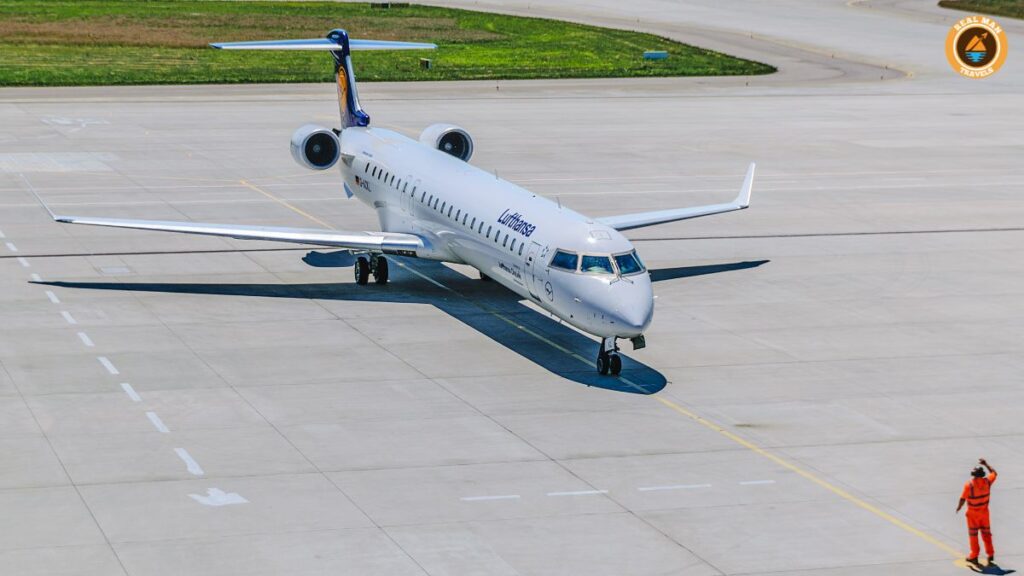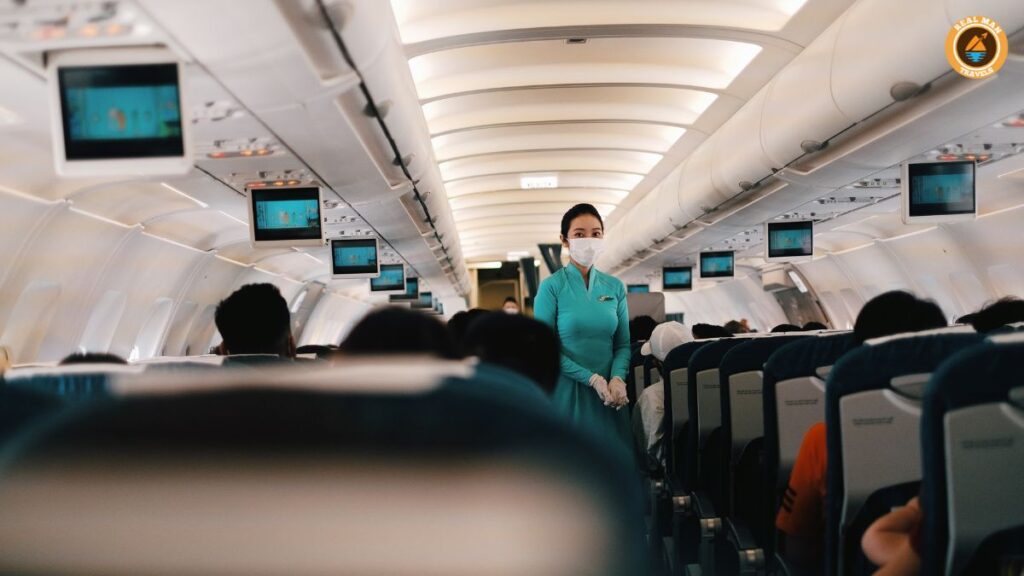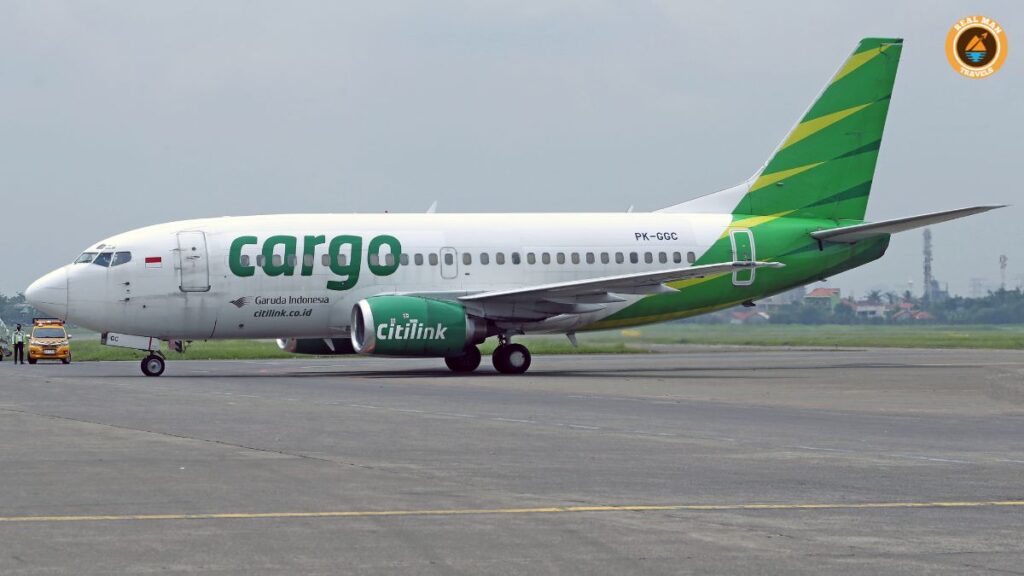Introduction
Travel insurance international flights Picture standing at the check-in counter, passport in hand, the enjoyment of your long-awaited international trip bubbling up. Now, imagine that excitement turning to dread as the airline company agent informs you that your flight has actually been canceled due to a sudden airport strike. Or imagine yourself in a foreign city, thousands of miles from home, when a sudden, acute pain signals a medical emergency.

These are not situations from a travel thriller; they are real possibilities that can turn a dream vacation into a logistical and monetary nightmare. In 2025, as worldwide travel continues to evolve with new challenges and uncertainties, a comprehensive travel insurance policy is not just a suggestion —it is an essential component of responsible international travel. For many, travel insurance is an afterthought, an optional add-on that is often avoided to save a few dollars. The real expense of taking a trip without it can be incredible.
The Evolving Landscape of International Travel in 2025.
The world of travel remains in consistent flux. The days of simply booking a flight and hoping for the best are behind us. In 2025, tourists will face a complex web of potential disruptions, making preparation more elaborate than ever before.
Continued Travel Disruptions and Cancellations
Airlines and airports globally are still browsing the aftershocks of past disruptions. Labor shortages, strikes, and operational challenges continue to result in a higher-than-average rate of flight cancellations and delays. An international flight cancellation can activate a domino effect, affecting linking flights, hotel bookings, and pre-booked tours. Without insurance coverage, you could lose countless dollars in non-refundable deposits and be required to spend for last-minute alternative plans out of pocket. A robust trip cancellation and interruption policy is your monetary safeguard in these situations.
Health and Medical Uncertainties Abroad
The importance of health while traveling can not be overstated. Travel medical insurance coverage is specifically designed to cover these expenses, ensuring you receive the necessary care without incurring financial hardship.
Geopolitical and Environmental Instability
Certain regions of the world are experiencing increased geopolitical stress and unforeseeable weather conditions. Political discontent can lead to sudden border closures or modifications to travel advisories, requiring you to cancel or shorten your journey. Natural disasters, such as typhoons, earthquakes, or wildfires, can make your location risky or inaccessible. An extensive travel insurance coverage with “Cancel for Any Reason” (CFAR) or specific political evacuation coverage provides an exit strategy when unpredictable international events hinder your plans.
Demystifying Travel Insurance: What Does It Actually Cover?
The term “travel insurance” is a broad one, encompassing various types of protection. Understanding these elements is crucial to selecting a policy that aligns with your specific needs. A comprehensive global travel insurance coverage strategy is a package of protections designed to address the most common and costly travel mishaps.
Core Component 1: Trip Cancellation, Interruption, and Delay
This is the foundation of many detailed travel insurance plans. It secures the monetary investment you’ve made in your trip.

- Trip Cancellation: This protection compensates you for prepaid, non-refundable travel costs if you have to cancel your trip before you leave for a covered factor. Covered reasons typically consist of the unexpected illness or death of you, a fellow traveler, or a close member of the family; job loss; a natural disaster at your destination; or a terrorist incident.
- Trip Interruption: This applies after you’ve currently begun your journey. It provides reimbursement for the unused portion of your trip if you need to cut short and return home early due to a covered reason. It also typically covers the additional expenses of a last-minute flight home.
- Trip Delay: If your flight is postponed for a specified number of hours (e.g., 6 or 12 hours), this benefit can reimburse you for reasonable expenditures incurred during the delay, such as meals, lodging, and transport.
Core Component 2: Emergency Medical and Dental Coverage
This is arguably the most crucial part of any international travel insurance coverage. It acts as your primary health protection while you are abroad.
- Emergency Medical Expenses: This covers expenses connected with an unanticipated health problem or injury during your journey. This can include doctors’ visits, healthcare facility stays, ambulance services, and prescription medications. An excellent policy must offer at least $100,000 in medical protection; however, higher limits are recommended for travel to countries with expensive healthcare systems, such as the United States.
- Emergency Dental Care: This typically covers intense dental discomfort or injury to sound, natural teeth. It’s indicated for emergencies, not regular check-ups.
It is essential to keep in mind that pre-existing medical conditions may be omitted unless you acquire a policy with a pre-existing condition waiver. This waiver is typically available if you buy the policy within a particular window (e.g., 14-21 days) of making your initial journey deposit.
Core Component 3: Emergency Medical Evacuation and Repatriation
This protection can be a literal lifesaver. Suppose you suffer a serious injury or illness in an area without adequate medical facilities. In that case, this advantage covers the cost of transporting you to the nearest suitable healthcare facility or, if necessary, back to your home country.
- Emergency Medical Evacuation: The expenses for a medically-equipped air ambulance can easily exceed $100,000. This coverage addresses that expense, ensuring you receive the level of care you need, wherever you are.
- Repatriation of Remains: In the tragic occasion of a death abroad, this benefit covers the considerable expenses related to transporting remains back to the home nation.
Policies with a minimum of $500,000 in medical evacuation protection are strongly advised for any international travel, especially to remote or developing areas.
Core Component 4: Baggage and Personal Effects Coverage
Losing your travel luggage can be more than simply a hassle; it can mean starting your journey without vital clothing, medications, and valuables.

- Baggage Loss/Damage: This repays you up to a specified limitation for baggage that is lost, taken, or damaged by the airline or other common carrier. Be sure to check the per-item and total limits, as they may not be enough for high-value products like laptops or expensive electronic cameras.
- Baggage Delay: If your examined bags are delayed by the airline for a particular period (e.g., 12 or 24 hours), this protection supplies compensation for the purchase of necessary products like toiletries and a change of clothing to tide you over until your bags show up.
How to Choose the Right Travel Insurance for Your International Flight
Not all travel insurance coverage is produced equally. The best policy for a solo backpacker exploring Southeast Asia will differ from that required by a family on a luxury cruise in the Mediterranean. Here’s how to navigate the choices and find the ideal fit.
Assess Your Trip’s Specific Risks
Consider the nature of your trip. The cost and destination of your travel are significant considerations in determining your insurance coverage needs.
- Total Trip Cost: Add up all your pre-paid, non-refundable costs– flights, cruises, trips, hotels. Your journey cancellation protection should be high enough to cover this overall amount. If you have a few non-refundable expenses, you may want to focus on a strategy with high medical coverage rather than high cancellation limits.
- Destination: Research the health care system in your destination country. Travel to Western Europe, Japan, or the United States requires a policy with very high medical limits due to the high cost of care. For travel to more remote areas, robust medical evacuation protection is paramount.
- Activities Planned: Are you intending on engaging in extreme sports like snowboarding, scuba diving, or mountain climbing? Many standard policies exclude these “harmful” activities. You may need to buy an adventure sports rider or a specialized plan that explicitly covers them.
Compare Policies from Different Providers
Don’t just click “yes” on the insurance provided by your airline company or online travel representative. While hassle-free, these policies frequently offer minimal coverage. It’s much better to use a comparison website or purchase directly from reputable, dedicated insurance providers. When comparing, consider more than just the cost.
Secret Comparison Points:
- Coverage Limits: Check the maximum dollar amount the policy will spend for each advantage category (medical, evacuation, cancellation, etc).
- Exclusions: Read the small print thoroughly. What is not covered? Typical exemptions include pre-existing conditions (without a waiver), acts of war, mental health disorders, and travel to nations with a “Do Not Travel” advisory.
- Deductibles and Co-payments: Understand just how much you will need to pay out-of-pocket before the insurance begins.
- Provider Reputation and Assistance Services: Choose a company known for exceptional customer support and a dependable 24/7 worldwide assistance hotline. This hotline is your lifeline in an emergency, helping you discover doctors, organize payments, and browse local logistics.
Think about Annual vs. Single-Trip Plans
How often do you take an international trip?
- Single-Trip Plan: This is the most common kind of policy, created to cover one particular trip with specified start and end dates. It’s ideal for individuals who take one or two major trips per year.
- Annual (Multi-Trip) Plan: If you are a frequent traveler, a yearly plan can be more hassle-free and affordable. It covers all your trips (both international and domestic) within 365 days, up to a particular journey length (e.g., 30, 45, or 90 days per journey).
The Financial Case: Why Travel Insurance is a Smart Investment
The expense of a comprehensive travel insurance coverage typically ranges from 4% to 10% of your total pre-paid journey cost. For a $5,000 journey, that might be $250 to $500. While this may seem like an extra cost, it pales in comparison to the potential expenses of traveling without it.
Consider these potential situations and their typical expenses:
- Canceled International Flight: A last-minute, one-way global ticket can cost $1,500+.
- Lost Non-Refundable Deposits: For a household journey, this could quickly be $5,000 – $10,000.
- Hospital Stay for a Broken Leg in Europe: Treatment, surgery, and a couple of days in the health center can surpass $30,000.
- Medical Evacuation from a Remote Location: An air ambulance from a remote island to a central medical facility can cost $100,000 – $250,000.
- Lost Luggage with Valuables: Replacing clothes, electronics, and other items can cost $1,000 – $3,000.
When viewed in light of these prospective monetary disasters, the premium for a travel insurance policy is not an expense; it is a financial investment in financial security and peace of mind. It allows you to take a trip with the self-confidence that you are secure against the unforeseen.
Beyond the Financials: The Priceless Value of Peace of Mind
The most underrated benefit of travel insurance is not financial; it’s emotional. Understanding that you have a 24/7 support group all set to assist you in a crisis is vital.
If you get sick, you don’t have to stress about how you’ll pay the healthcare facility. If your passport is stolen, they can assist you in contacting the embassy and making plans. It allows you to focus on your health, safety, and getting your trip back on track, rather than being overwhelmed by stress and logistics in an unfamiliar environment.

In 2025, embarking on a global journey is an unbelievable advantage. Protecting your health, investment, and wellness with a comprehensive travel insurance coverage policy is the smartest choice you can make before you even pack your bags.
Frequently Asked Questions (FAQ).
Q1: Is travel insurance coverage for worldwide flights actually required if I’m young and healthy?
A1: Absolutely. Travel insurance coverage is not typically related to your personal health. While you might be healthy, you cannot forecast accidents, such as a slip and fall or a traffic accident, which can occur to anyone. Furthermore, a considerable part of travel insurance coverage includes non-medical issues, such as trip cancellations due to airline strikes, weather, or household emergencies at home, as well as lost luggage and flight delays. These concerns are entirely unrelated to your individual health and can affect any tourist.
Q2: Doesn’t my charge card offer travel insurance coverage? Is that enough?
A2: Many superior charge cards do offer some travel protection, but it is often significantly less comprehensive than a standalone, detailed policy. Credit card insurance coverage may include trip cancellation or baggage loss protection; however, medical coverage is often very limited or non-existent. Medical evacuation is practically never included. You need to carefully check out the details regarding your credit card benefits and compare them to a dedicated travel insurance strategy. For international travel, relying solely on credit card insurance is usually insufficient, particularly in medical emergencies.
Q3: When is the best time to purchase travel insurance for an international journey?
A3: The ideal time to acquire travel insurance is within 14-21 days of making your first trip payment (such as scheduling your flights or putting a deposit on a trip). It ensures you are covered for any unexpected occasions that may cause you to cancel your journey between the reservation date and your departure.
Q4: What is “Cancel for Any Reason” (CFAR) protection, and do I need it?
A4: “Cancel for Any Reason” is an optional upgrade that allows you to cancel your trip for any reason not otherwise covered by your base policy and receive a partial refund, typically ranging from 50% to 75% of your non-refundable trip costs. This could be anything from a work conflict to just altering your mind about traveling.
Q5: Will travel insurance coverage cover travel to a country with a government travel advisory?
A5: This depends on the particular policy and the level of the advisory. Most standard policies will not offer coverage if you take a trip to a country where your home federal government has provided a “Level 4: Do Not Travel” or equivalent caution before you purchased the policy. If the advisory is released after you buy your policy, it may activate journey cancellation benefits. Some specialized policies are created for travel to high-risk locations. It is crucial to read the policy information regarding travel advisories or contact the insurance company directly to confirm protection for your specific destination.
In 2025, as international travel continues to evolve with new obstacles and uncertainties, a comprehensive travel insurance coverage policy is not just a recommendation —it is an essential component of responsible international travel.
A comprehensive global travel insurance coverage plan is a bundle of protections designed to address the most common and costly travel incidents.
Standard exclusions include pre-existing conditions (unless a waiver is obtained), acts of war, mental health conditions, and travel to nations with a “Do Not Travel” advisory.
The cost of a detailed travel insurance policy typically ranges from 4% to 10% of your total prepaid travel expenses. Many standard policies will not protect if you travel to a country where your home government has issued a “Level 4: Do Not Travel” or comparable warning before you purchased the policy.


1 thought on “Smart Travel Insurance International Flights Advice 2025”